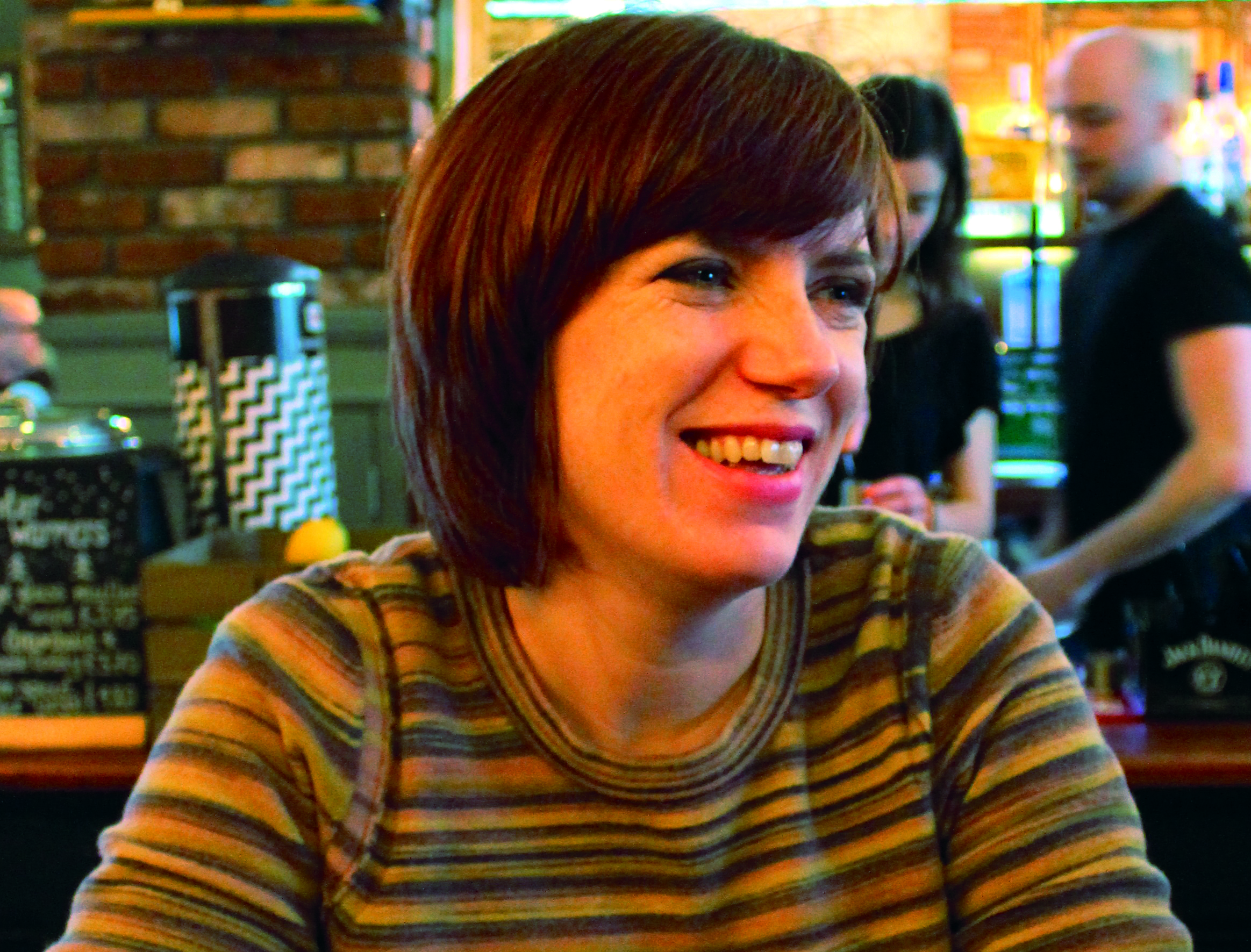The puffin and the curlew have been moved onto the conservation red list in the latest report into the state of birds in the UK
Scotland's iconic puffin is at risk of global extinction and the much loved curlew is now the most pressing bird conservation priority in the UK, according to a new report.
More than one quarter of UK birds are in need of urgent conservation effort according to the Royal Society for the Protection of Birds (RSPB) latest State of UK birds report.
The report found that more than a quarter of the UK’s regularly-occurring bird species, including many whose strongholds are in Scotland, are now what conservationists refer to as red-listed.
Many of these are due to severe recent declines in numbers and or range in the UK, and eight are considered at risk of global extinction including the puffin.
Europe's largest and most distinctive wader, the curlew, is among a dozen upland species of bird that the report says is particularly struggling. Its numbers have reduced by a staggering 64% over 45 years.
Five upland species have been added to the red list, the curlew is joined by dotterel, whinchat, grey wagtail and merlin.
There are also now seven seabirds on the red list experiencing continual decline including shags, which have declined by 45% since 1986, and kittiwakes, whose numbers have reduced by 60%.
The UK hosts up to a quarter of the global breeding population of curlew, with around half of the UK population found in Scotland. As a result this could be considered one of the most important countries in the world for breeding curlews. In recent decades, numbers across the UK have almost halved due to habitat loss. With a much smaller population, predators are now having an effect on what was a resilient population.
The curlew is considered globally near threatened and with urgent action required to halt their decline, an International Single Species Action Plan has been created. Curlew are known for their evocative call and distinctive long curved beak.
Dr David Douglas, principle conservation scientist at RSPB Scotland, said: “Scotland is incredibly important for curlew, being home to around half of the UK breeding population. Sadly, numbers are declining here and more widely across the UK.
"RSPB is leading a curlew recovery programme, working in partnership with a range of organisations, which aims to stabilise and recover curlew populations. Testing the effectiveness of management interventions will help us understand how to deliver curlew-friendly conservation across their breeding areas.”
The report also highlights that wryneck, a sparrow-sized bird which is now a rare migrant to the UK, has become the first once widespread breeding species to be lost from here for nearly 200 years. The last known breeding was in Scotland in 2002.
Andy Douse, Scottish Natural Heritage (SNH) senior ornithologist, said: “Scotland’s uplands are particularly important for species such as whinchat, merlin and dotterel in the montane zone. We need to understand the reasons for these changes and the management measures required to slow or halt declines being witnessed. While some declines may be due to climate change, other pressures affecting birds are probably linked to land use changes, habitat degradation, and predation. Developing long term, sustainable management measures within the uplands will be crucial in reversing these changes.”
The report did also contain some good news for species such as golden plover and crested tit which have seen improvements in their numbers.
And several of Scotland's birds of prey are on the up. The 2015 golden eagle national survey numbers shows that their numbers have increased by 15% since the previous survey in 2003, with all breeding pairs living in Scotland.
A number of species have also moved from the red list to the amber or green lists. Most notably the red kite, once one of the UK’s most threatened species, is now on the green list thanks to the efforts of conservationists and landowners. Reintroduction of red kite took place at four locations in Scotland, with population growth and expansion varying between each site. The overall success demonstrates that there is cause for hope for other red-listed species and that targeted conservation action can make a real difference.







